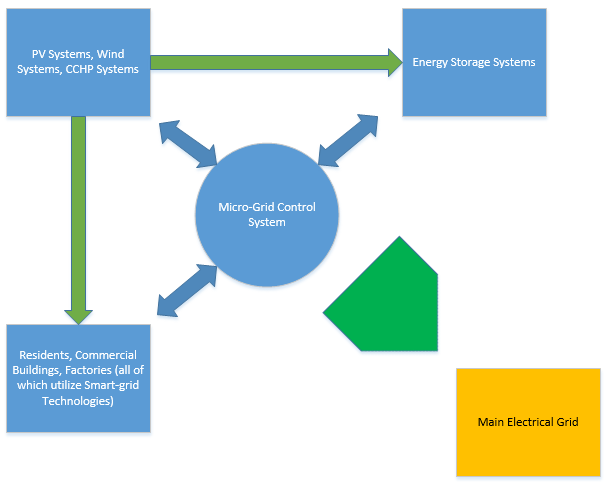Advancing strategic electrical infrastructure in developing nations with microgrids
Posted by Luigi Buenavista on May 13, 2015
Although sub-Saharan Africa is incredibly rich in potential power-generation capacity, a recent McKinsey and Company report revealed only seven countries—Cameroon, Côte d’Ivoire, Gabon, Ghana, Namibia, Senegal and South Africa—have electricity access rates exceeding 50 per cent while the rest of the region has an average grid access rate of just 20 per cent.
With a projected need of nearly 1,600 terawatt hours by 2040—four times the amount consumed in 2010—and a potential to install approximately 1.2 terawatts of capacity from a range of different technology options (not including solar), the McKinsey report estimates electrification levels will only reach 70-80 per cent given the challenges associated with getting the power to where it needs to go.
So how can electricity be provided to Africa’s developing nations, especially in the most under-developed or isolated regions? And how can we ensure that the electricity provided is reliable? For developing nations with evolving electrical infrastructures, microgrids may be the best solution.
Autonomous electric grid systems that are independent from the commercial or main electric grid, microgrids have the potential to utilize self-sustaining energy technologies for its electrical generation methods. Microgrids have the capability to provide both thermal and electrical requirements with locally generated energy. Local energy generation can be supported by photovoltaic (PV) systems, wind energy systems and also combined cooling, heat and power systems (CCHP) through cogeneration plants. Having the ability to generate these requirements locally not only enhances the reliability of the system, but also improves the quality of the power and potentially lowers the cost of energy supply.
The construction of microgrids in strategic locations gives developing nations the potential to meet both short and long-term energy demands. Microgrids will initially provide the energy requirements of a targeted area and could eventually provide electrical support to the main grid as it is being developed across the nation.

In Chad, for example, the main electrical system is located in the city of N’Djamena. Isolated regions far from the main city centre suffer from energy poverty because they lack access to the main grid. These regions rely on the combustion of biomass as an energy source which may result in respiratory illnesses. If Chad plans on expanding its electrical grid system, microgrid technology would greatly support this expansion. Microgrids could initially meet the energy demands of isolated rural areas and eventually be connected to the main grid as it is being developed across the nation.
With decreasing costs for renewable energy systems and the advancement of grid technologies, microgrids are an excellent investment for a developing nation seeking to expand its power distribution capabilities, as well as its generation capacity, with reliable and innovative technology.
Edited from original submission.
Filed under: Students on Sustainability